It’s hard to believe we have been in Arequipa over two months. I really don’t know where the time goes and really don’t know how I ever found the hours to work full-time when I did! Once again, I will try to put some effort into this blog now that things have settled down a bit.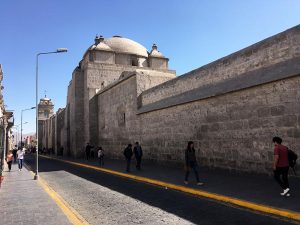
Anyone who visits this city notices a few huge landmarks as soon as they have been here a few hours, both natural and man-made. A series of volcanic cones dominate the city skyline; Misti, and the extinct volcanic groups Pikchu Pikchu and Chachani. The Basilica Cathedral of Arequipa takes up one complete side of the massive Plaza de Armas, the main city square. Its twin towers are visible from many points in the city. But the massive Santa Catalina Monastery has occupied an entire city block since the 17th century. The original structure was started in 1579.
It is literally a five-minute walk from our condo and on our daily trek to check out what is happening in the Plaza de Armas. We have been walking by the place every day since we arrived and finally took a couple of hour to check it out. It was well worth it. It really is a city in a city.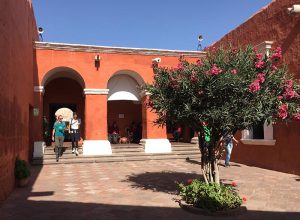
At its height, the monastery housed approximately 450 people (about a third of them nuns and the rest servants) in a cloistered community. These days you will find more people playing Pokemon Go along its exterior walls then nuns housed inside! About 20 nuns now stay in a part of the structure and the rest is open to the public on a daily basis. A few hours wandering through the complex is a trip back through time. It is amazing to think that the women spent their entire lives housed within these walls in small to medium-sized “cells”, as they were called.
Like most buildings in the old part of town, the convent is constructed from sillar, a white volcanic stone quarried locally. Over the centuries, earthquakes and tremors have caused damages and reconstructions to various parts of the complex. Despite everything, most of the original monastery remains in one form or another. It is easy to spend a couple of hours checking out the various nooks and crannies of this huge complex. It even has five or six streets that were once lined with various shops.
A large art gallery in the form of a cross houses an art collection of great historical and artistic value. The total collection contains around 400 pieces of Peruvian Viceroyalty period art that were found when restoration work was started on the convent in preparation for the public opening.
From Monday to Sunday from 9:00am to 5:00pm
Tuesday and Thursday from 9:00am to 8:00pm
Adult Entrance Fee: 40 Soles


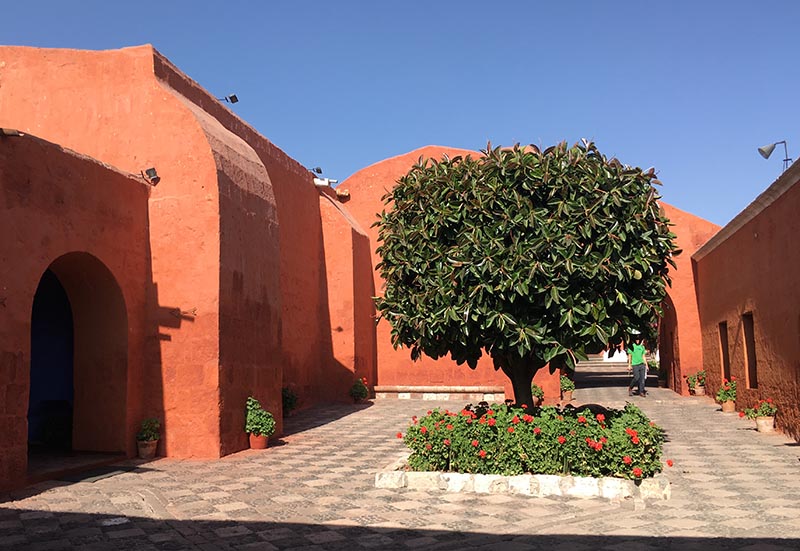
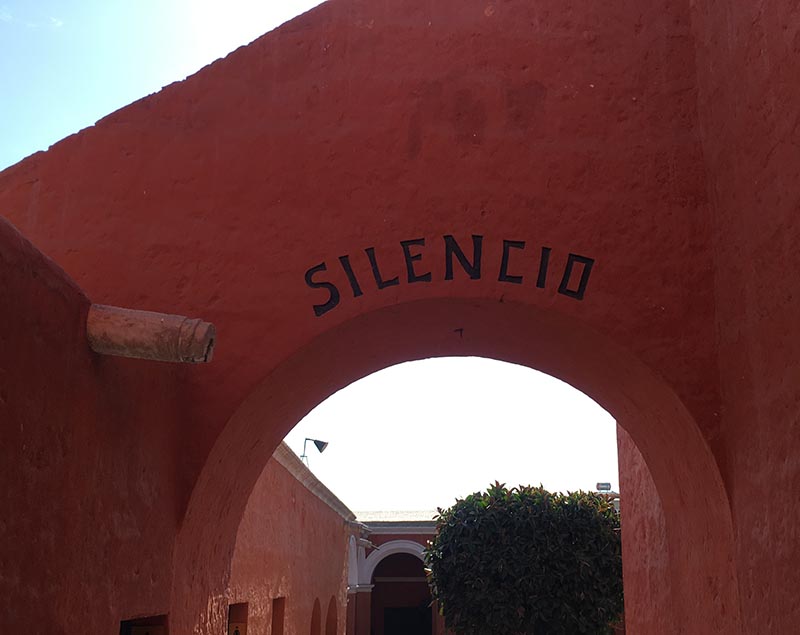

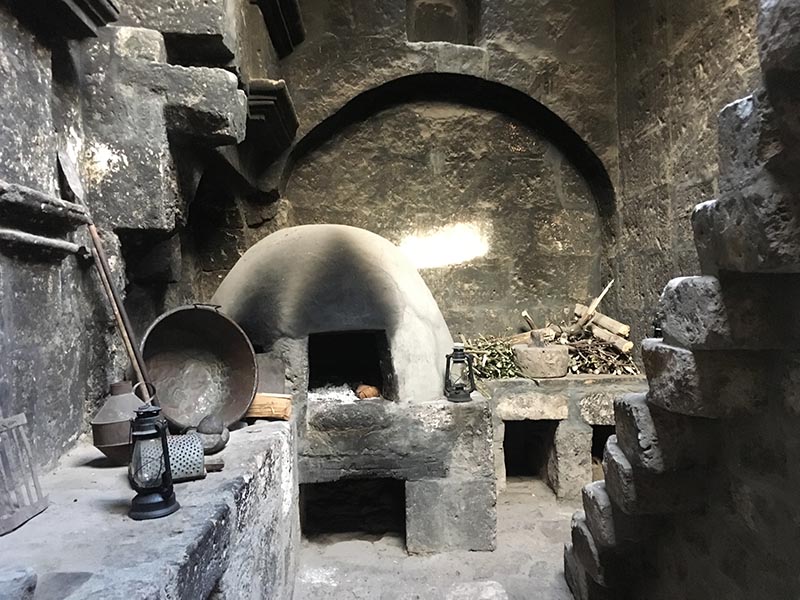

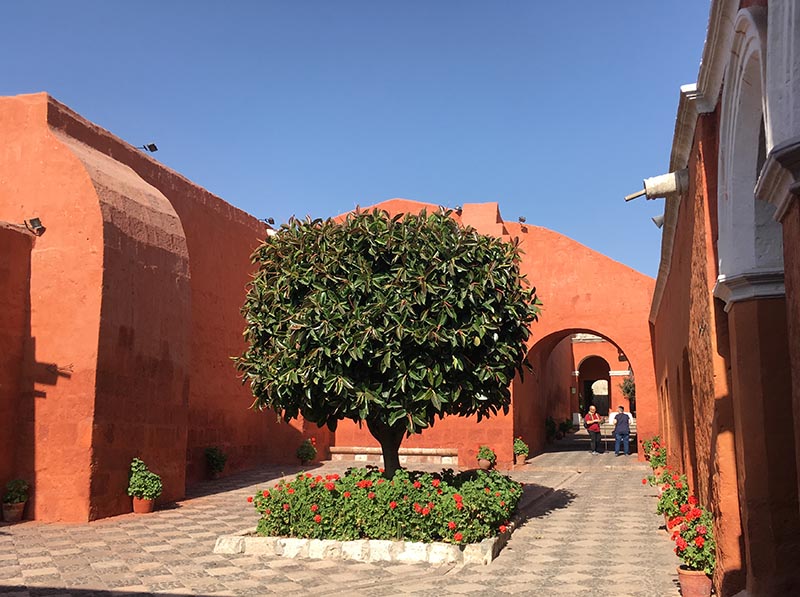
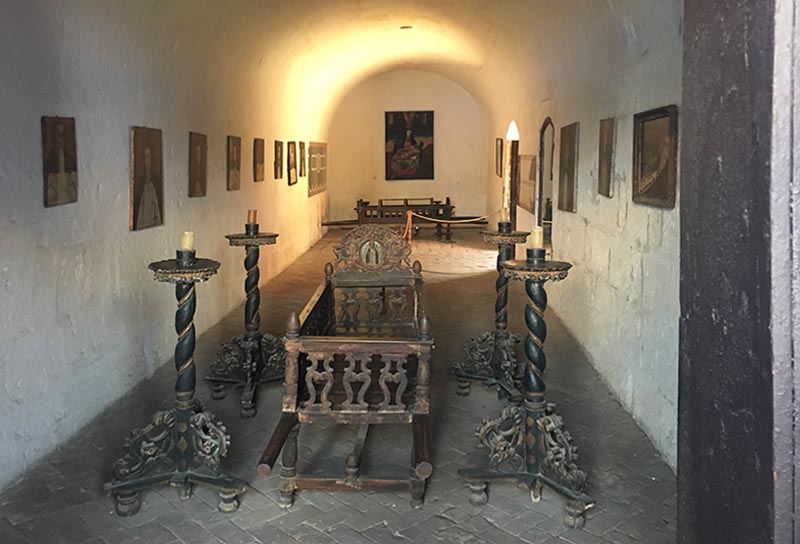
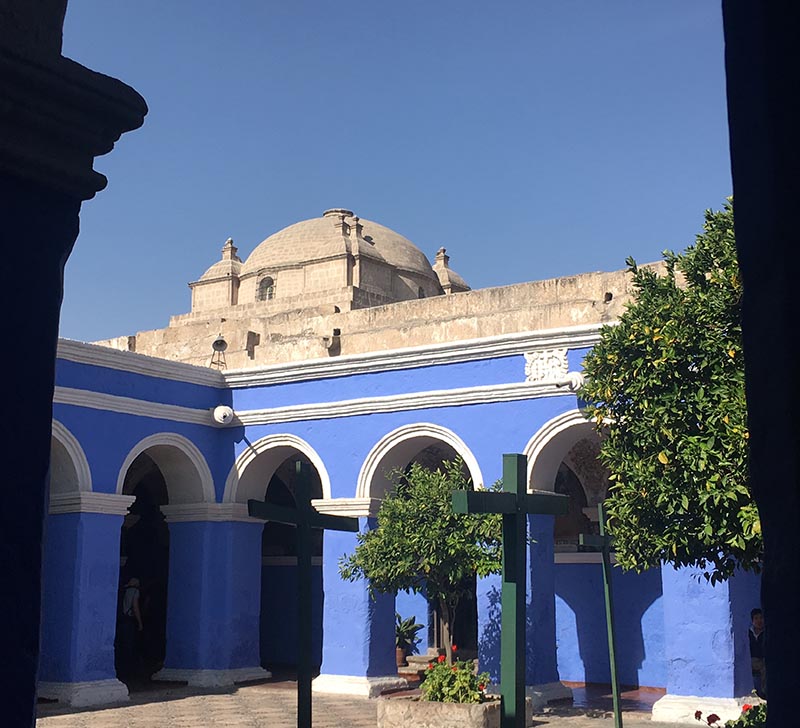

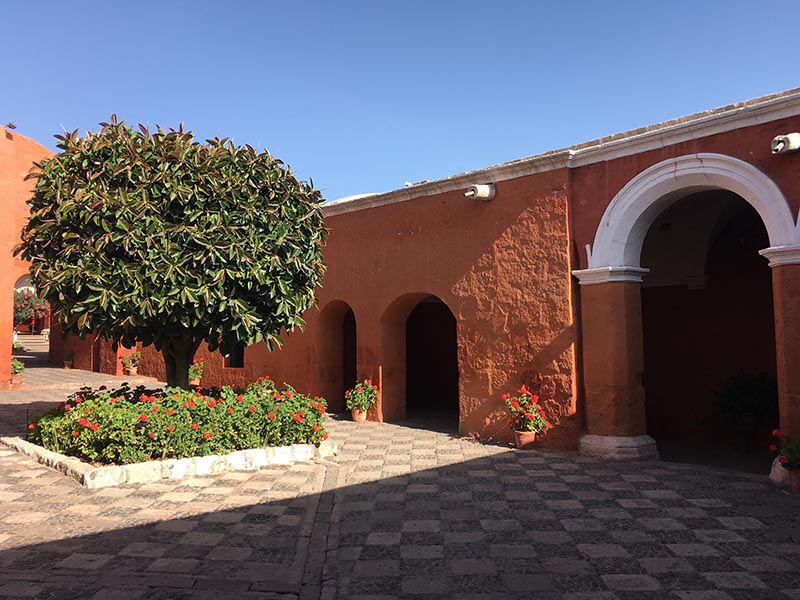

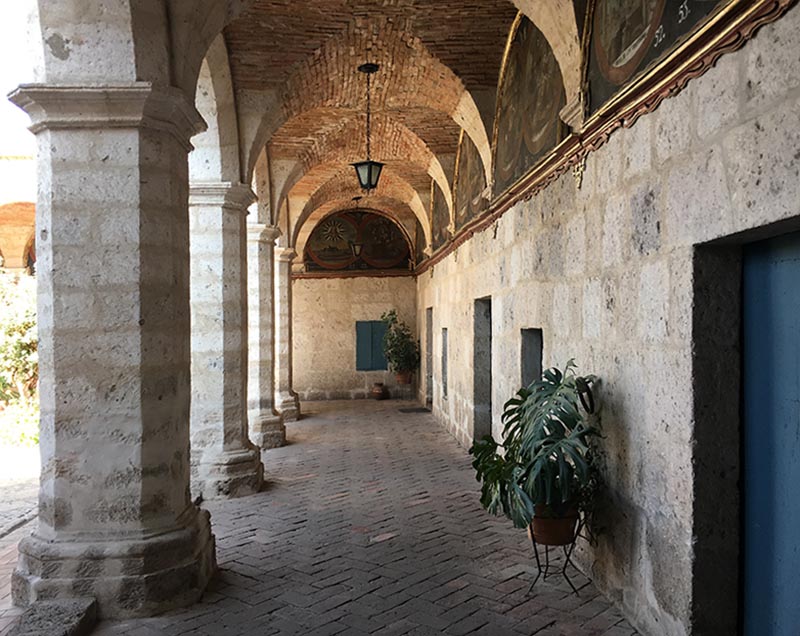
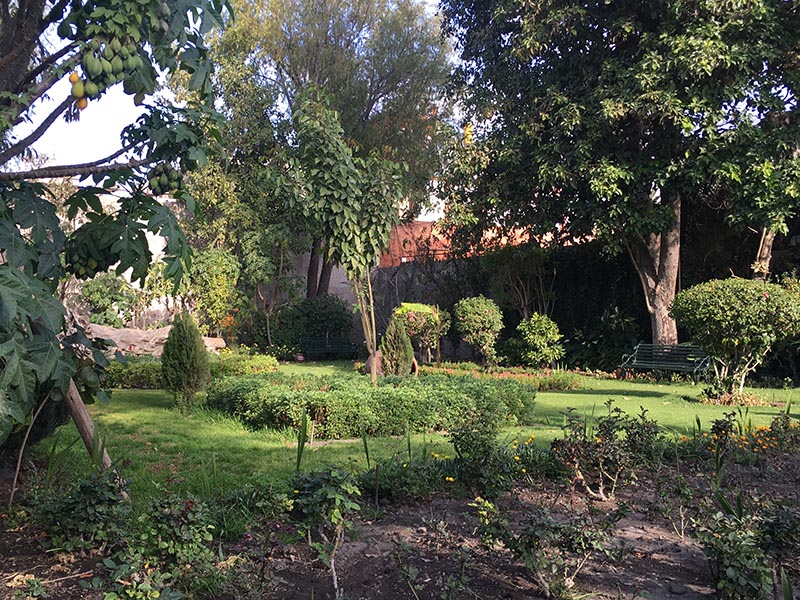
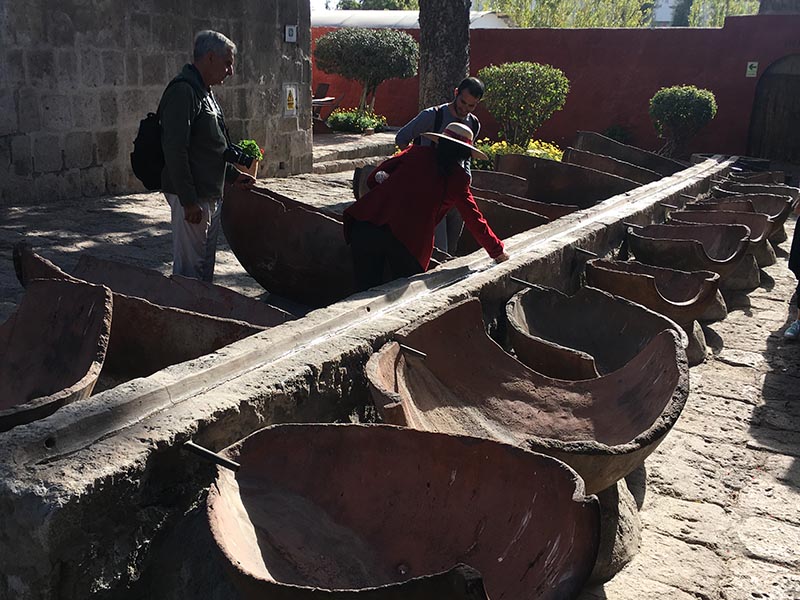
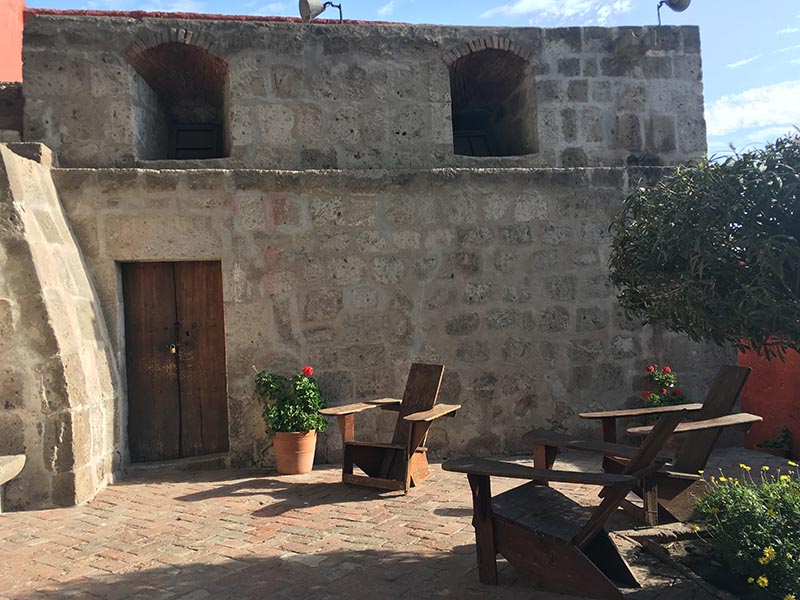
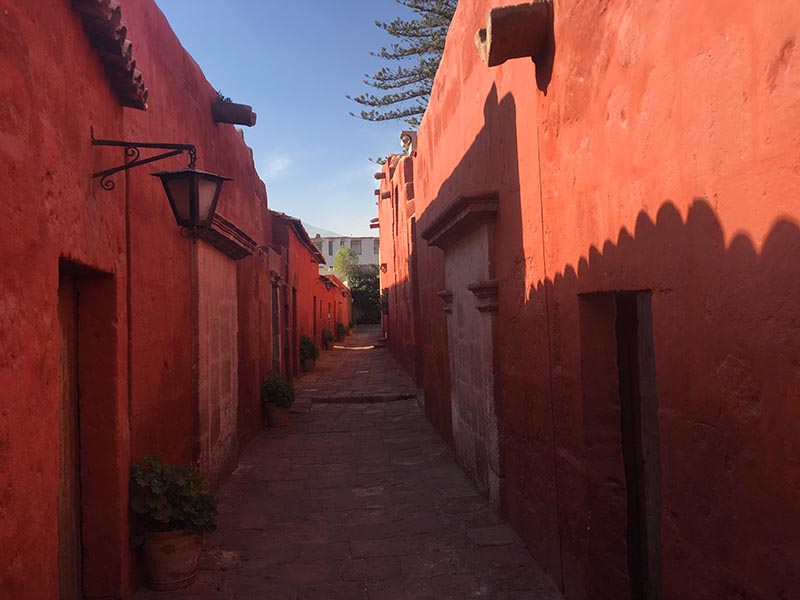
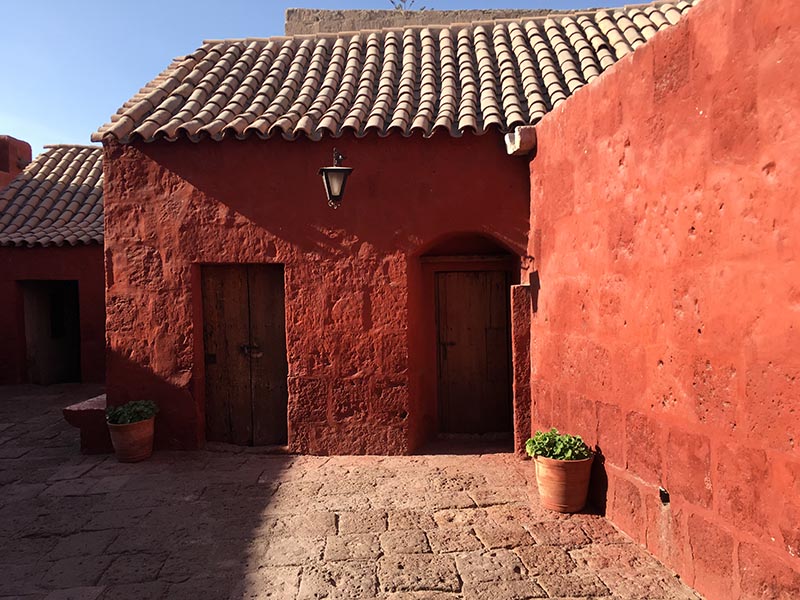

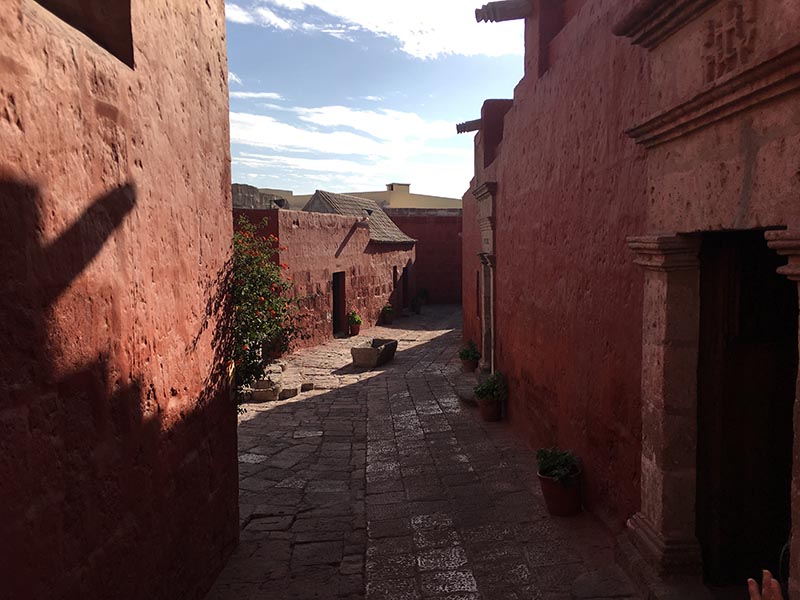
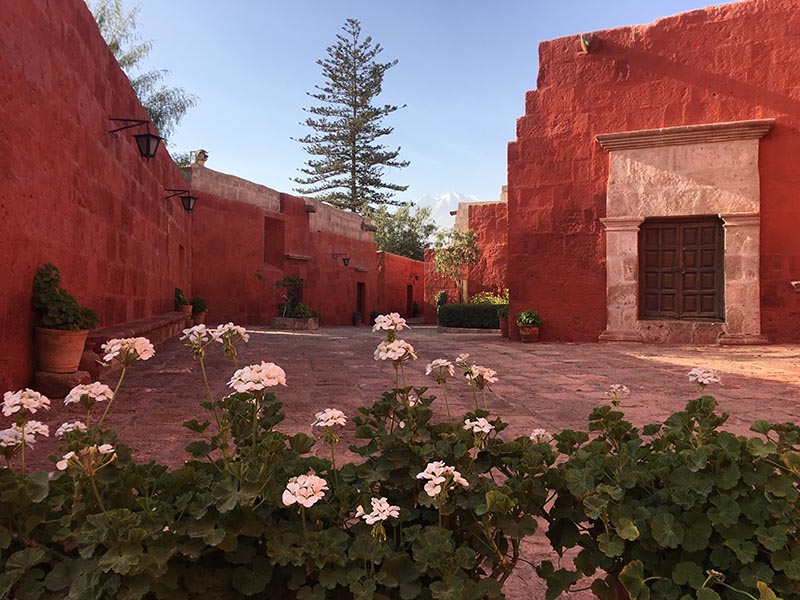
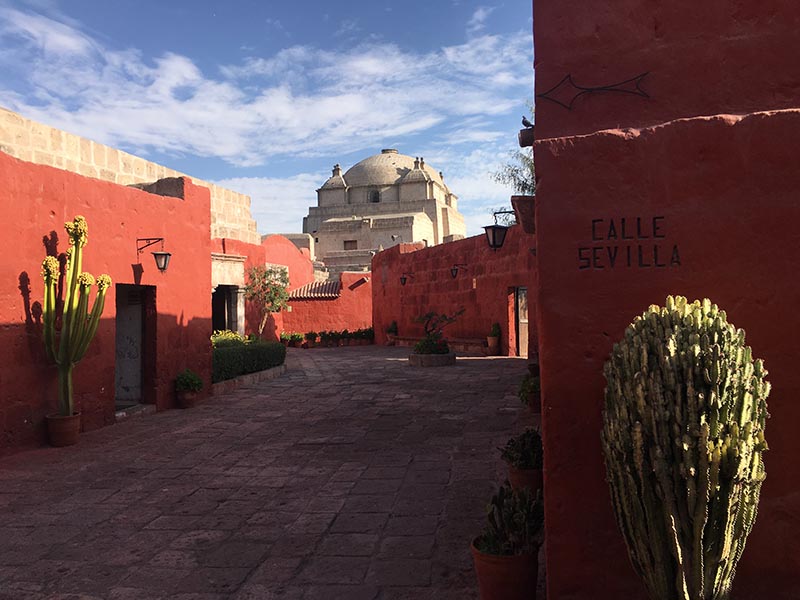
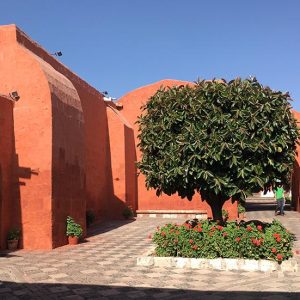
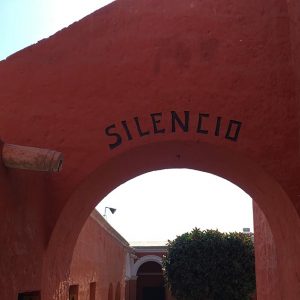
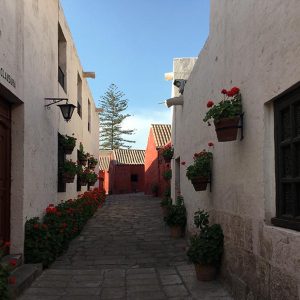
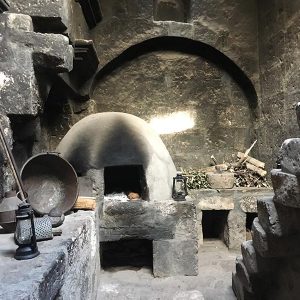
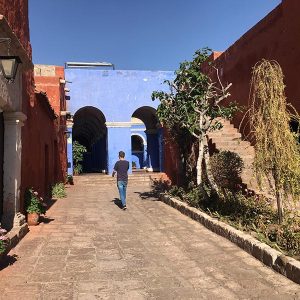
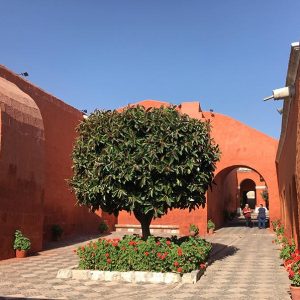
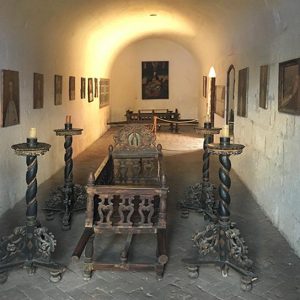
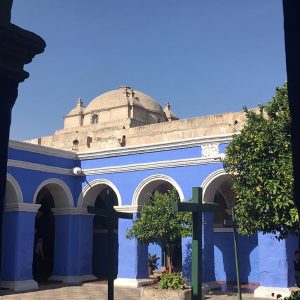
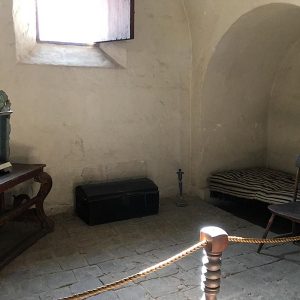
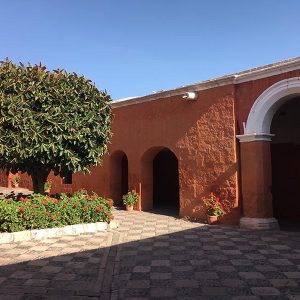
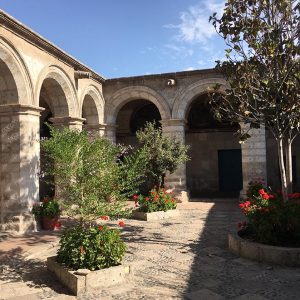
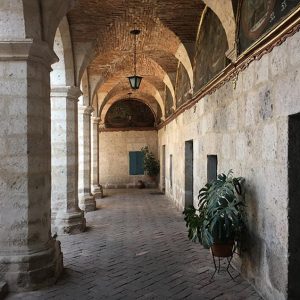
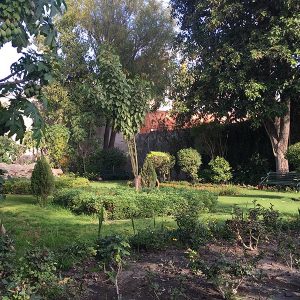
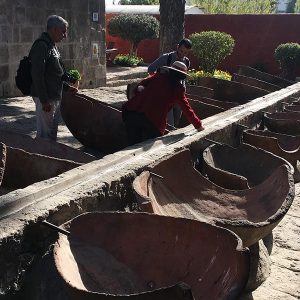
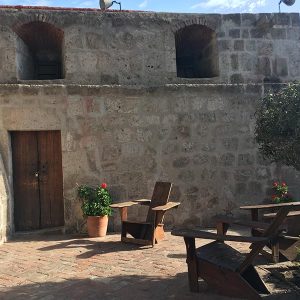
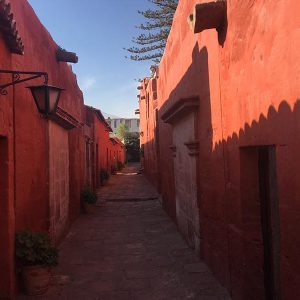
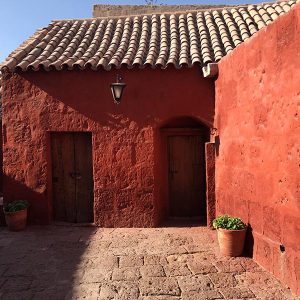
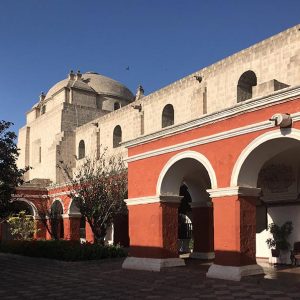
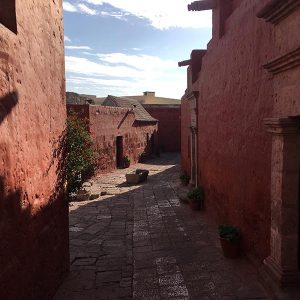
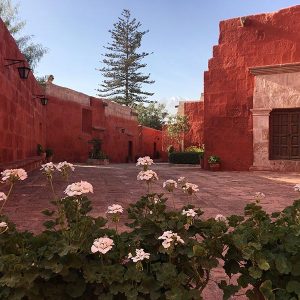
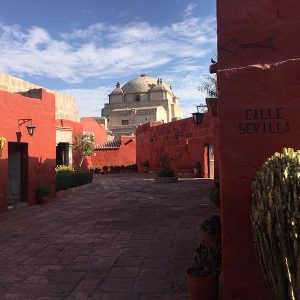

Had been following you guys last year. Much surprise to see you have moved on. Read past articles but can not find, other than temp, your reasons for moving. Hope to hear and see more + cost of living etc. Enjoy your new part of the world…Rory.
Hi Rory. Thanks for checking in! We enjoyed Thailand very much but, unlike many other expats, were getting increasingly concerned about the political situation in the country. We had also lived in Asia for almost ten years and were ready for a change. Since neither of us had ever been to any part of Latin America, we thought it would be a great experience. I think one of the other main reasons for leaving was that there is very little possibility for any type of permanency in Thailand and other parts of Asia, especially if you have no spousal connection with the country. You will always be an “alien” or foreigner. In Peru, and other parts of Central and South America, it is possible to obtain permanent residency and even citizenship in a relatively short period of time. This opens up many more opportunities.